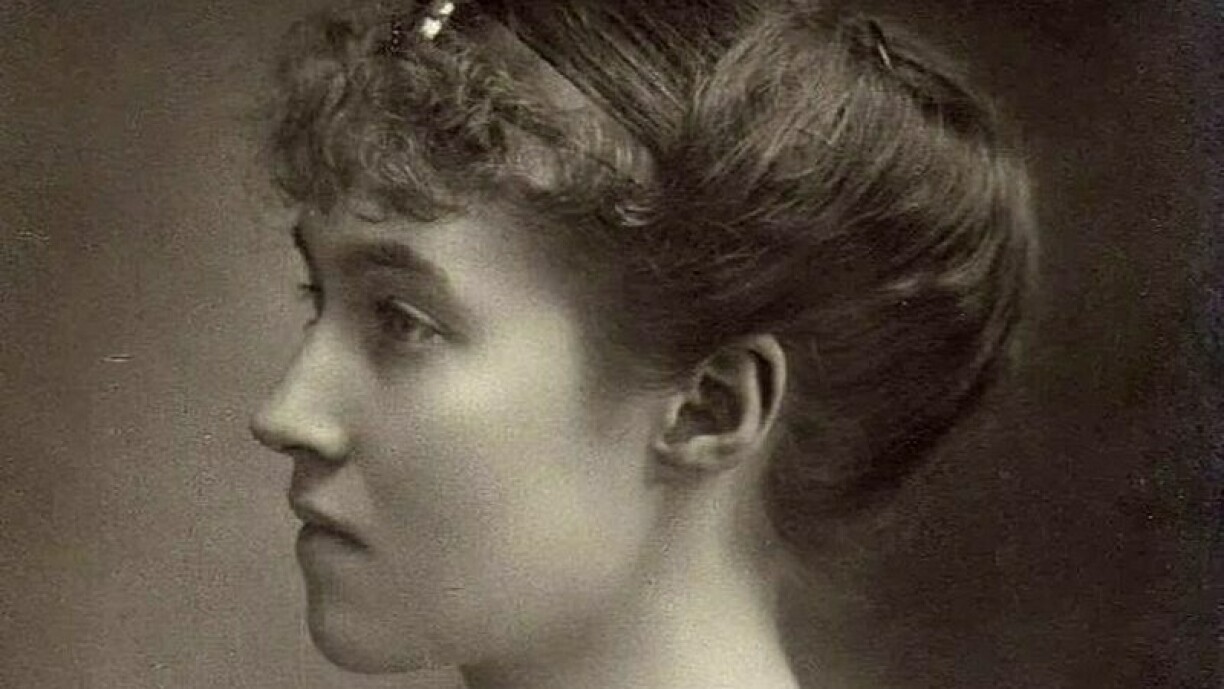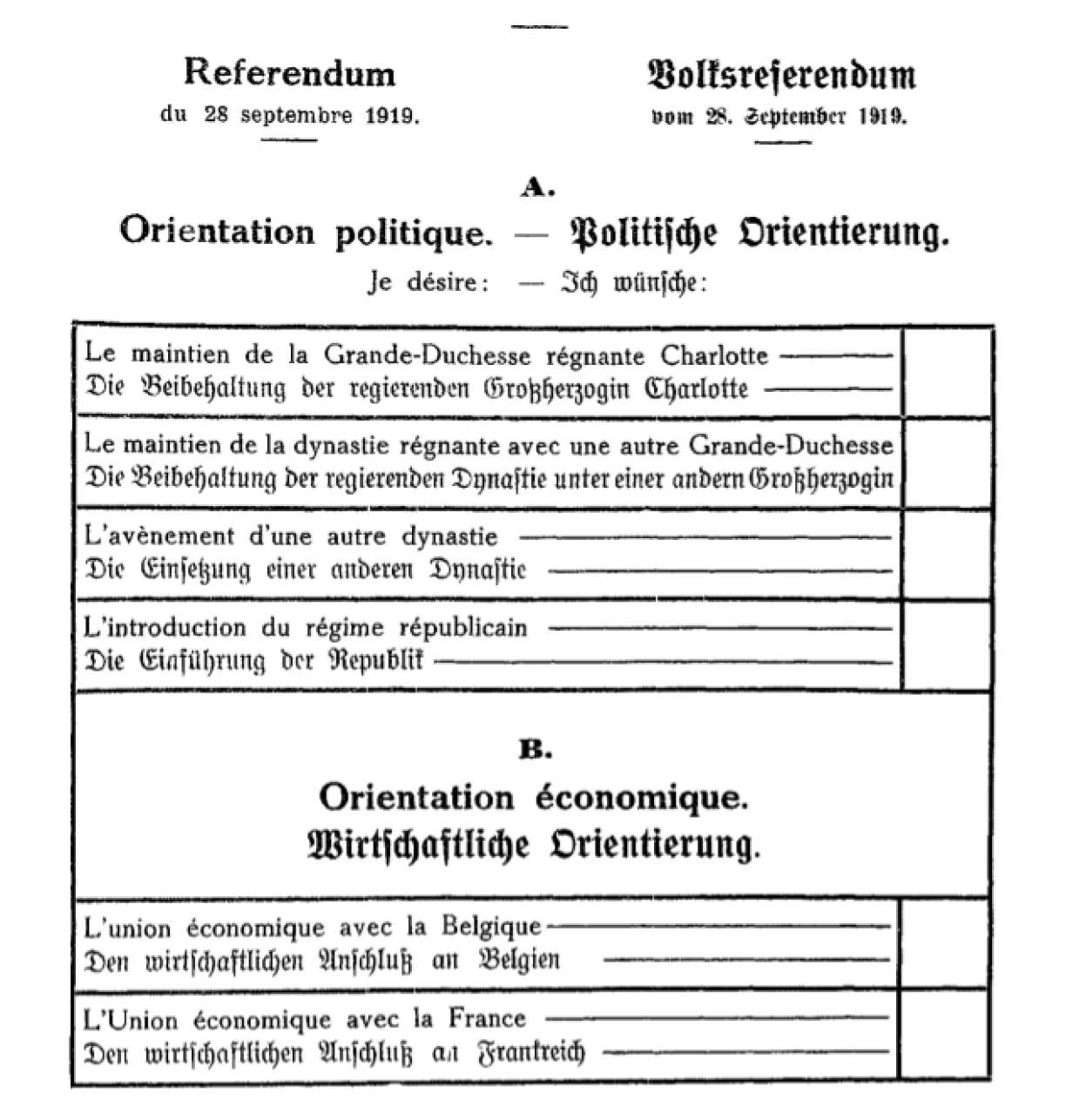
In 1919, after the tumultuous events following the end of the First World War, the question of whether Luxembourg would remain a Grand Duchy was put directly to the voters, in a decision that would have massive ramifications on the country’s future.
Listen to this and more – such as Luxembourg’s situation after World War I and the mutiny that led to Charlotte succeeding to the throne – in this episode right here, or continue reading below.
Luxembourg faced an uphill battle in striving to survive the end of the war intact, coming under threat from Belgian and French acquisitionists on the outside and from socialists at home who provoked the mutiny of January 1919, leading to the replacement of Grand Duchess Marie-Adelaide with her sister Charlotte.
In the context of the upcoming Treaty of Versailles, Luxembourgish Prime Minister Émile Reuter engaged in protracted negotiations with both France and Belgium. Reuter succeeded in preserving Luxembourg’s independence by agreeing to hold a referendum on the country’s political future.
After several delays, the referendum was finally set for September 28, 1919. The ballot presented voters with four choices regarding Luxembourg’s political future:

In a notable shift, the electorate was expanded following the introduction of universal suffrage in May 1919, allowing all Luxembourgers aged 21 and over – including women – to vote. This increase raised the number of eligible voters from around 34,000 in 1913 to over 125,000.
Unsurprisingly, there was a hard-fought campaign on both sides of this crucial referendum.
Although socialists openly favoured a republic, the conservative elements of Luxembourgish society had been rattled by the instability of the previous years – and no doubt the example of socialist revolution coming from the Bolsheviks – and campaigned hard for Charlotte.
The results of the 1919 referendum were abundantly clear.
Out of 85,871 valid ballots cast with a turnout of 72%, 66,811 votes (77.8%) supported retaining Grand Duchess Charlotte. Only 16,885 votes (19.66%) favored a republic. The other two options were marginal, with just 1,286 votes (1.5%) choosing a different Nassau monarch, and 889 votes (1.04%) for a different dynasty
Charlotte’s position as Grand Duchess was thus reaffirmed, and she remained the ceremonial head of state until her abdication in 1964 in favor of her son Jean.

The political question was not the only referendum held on 28 September 1919, however.
The referendum also addressed Luxembourg’s economic future. Voters had to choose between forming an economic union with France or Belgium. The outcome was clear, with 73% favoring an economic union with France. However, despite this preference, practical challenges led Luxembourg to ultimately join an economic union with Belgium.
The economic question, too, delivered a resounding result: 73% voted in favour of France to 27% for Belgium.
This result would prove harder to implement, however. And as we’ll see another time, Luxembourg would indeed end up joining an economic union – with the Belgians.
Thank you for tuning in! Now what are you waiting for – download and listen, on iTunes, Spotify, or wherever you get your podcasts.